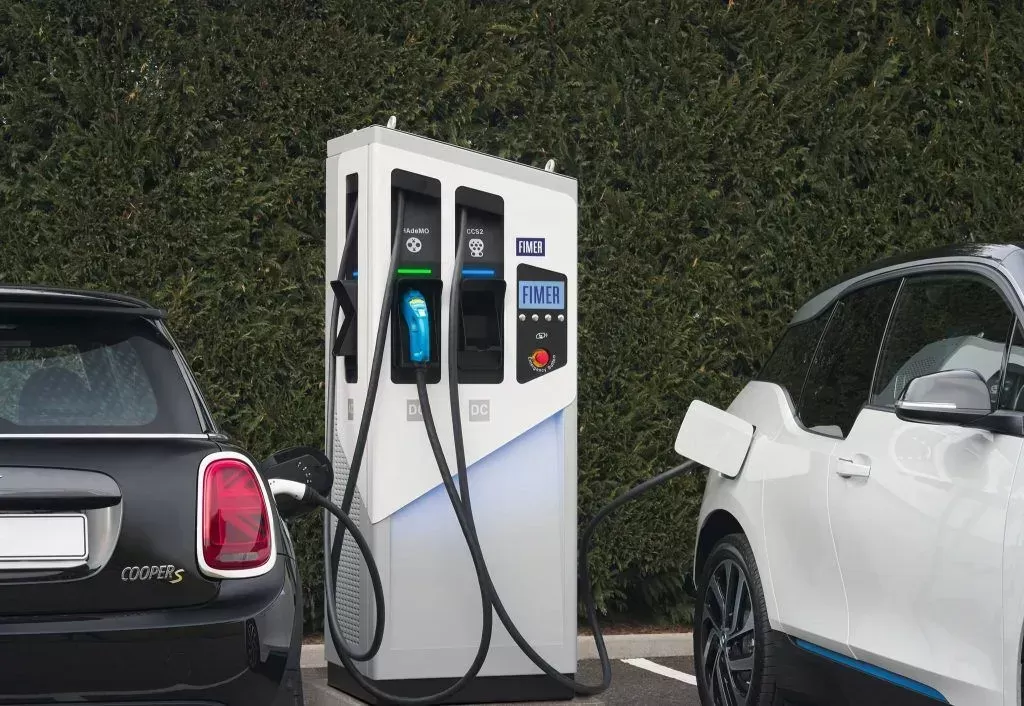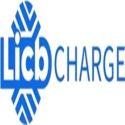Notifications

8 minutes, 49 seconds
-17 Views 0 Comments 0 Likes 0 Reviews

As electric vehicles (EVs) continue to grow in popularity, the demand for efficient and dependable charging infrastructure becomes increasingly important. One of the most talked-about options in this realm is DC fast charging, which offers rapid battery replenishment for EVs. While it provides a significant advantage in reducing charging time, it's crucial to understand when and how to use these chargers to preserve your vehicle’s battery health and optimize your charging sessions.Know more about Google SEO Directory
This guide will break down the functionality of DC fast chargers, the best times to use them, and how they compare to AC chargers. We'll also explore the factors that influence charging speed and offer tips on how to optimize the charging process.
DC fast charging is a method that delivers direct current (DC) power directly to an EV’s battery, bypassing the vehicle’s onboard charger. This allows for faster charging speeds compared to traditional methods. In contrast, alternating current (AC) charging—used by Level 1 and Level 2 chargers—requires the vehicle to convert AC power to DC power using the onboard charger.
This distinction is important because while AC charging is common and convenient, DC fast charging is designed for situations where quick battery recharging is necessary.
DC fast chargers are best used when rapid charging is needed, such as during long trips or when you're pressed for time. These chargers are typically found in public spaces like highways, shopping centers, and gas stations, where the goal is to minimize downtime.
However, DC fast charging should not be your go-to method for everyday charging. Frequent use of these chargers can place stress on your vehicle’s battery, potentially shortening its lifespan. This is because fast charging delivers a large amount of power in a short period, generating heat and increasing wear on the battery over time.
Unlike AC charging, which is common for home and workplace use, DC fast charging operates differently. Here's a comparison of how both systems work:
AC Charging (Level 1 and Level 2): In AC charging, power is delivered as alternating current (AC) to the vehicle’s onboard charger, which then converts it to direct current (DC) for the battery. This process is slower and more time-consuming.
DC Fast Charging: DC fast chargers deliver direct current (DC) directly to the battery, bypassing the vehicle’s onboard charger. This allows for much faster charging speeds, reducing the time needed to charge the battery.
The best times to use DC fast charging depend on several factors, such as the state of charge (SoC) of your vehicle’s battery, the vehicle’s battery acceptance rate, and your travel plans.
DC fast charging is most effective when the battery’s SoC is between 20% and 80%. Within this range, the battery can accept charge more quickly, reducing the overall charging time. Charging rates generally slow down past 80% to prevent overcharging and preserve the battery's health.
Charging below 10% or above 80% should be avoided. Charging from a very low SoC can cause excessive heat buildup, accelerating battery degradation. Likewise, charging above 80% can stress the battery, leading to faster wear.
If you’re on a long road trip or need to quickly top off your battery to continue your journey, DC fast charging is ideal. A 30-minute fast charge can give you enough range to complete the next leg of your trip while you take a rest or have a meal.
For regular daily charging, slower options like Level 1 or Level 2 chargers are better for the battery’s long-term health. These chargers provide a gentler charging process, which is less likely to stress the battery.
To better understand when to use DC fast charging, it’s important to differentiate between AC and DC charging:
AC chargers are most common for home or workplace use, with Level 1 using a standard 120V outlet and Level 2 using a 240V outlet.
While AC charging is slower because it requires conversion from AC to DC within the vehicle, it's convenient and well-suited for overnight or daily charging when quick recharging isn’t needed.
DC fast chargers are much faster but come with limitations. They can charge an EV from 0% to 80% in 30 to 60 minutes, depending on factors like the vehicle and charger specifications. However, the rapid charging process generates more heat, which can strain the battery over time.
Several factors influence how quickly an EV charges using a DC fast charger:
Battery Pack Limitations: Each EV has a maximum charge acceptance rate, which determines how quickly it can accept power. If the charger exceeds this limit, the vehicle will reduce the charging speed.
Temperature: Extreme temperatures can impact charging rates. Cold weather slows down charging, while high temperatures cause more heat buildup, which can lead to charging throttling to protect the battery.
State of Charge (SoC): Charging is fastest when the battery’s SoC is low, typically between 0% and 80%. Charging rates slow significantly after 80% to protect the battery’s health.
Charging Infrastructure Limitations: Not all DC fast chargers have the same power capabilities. While some chargers can deliver up to 500A, most are limited to 200-300A, impacting the overall speed.
Heat Generation: High currents generate heat, which can lead to slower charging if not managed properly. Chargers and connectors are designed to ensure temperature regulation, but excessive heat can still affect the charging process.
DC fast chargers are invaluable for quick recharges during long trips or when you're on a tight schedule. They are most efficient when your battery is between 20% and 80% charged.
However, for regular use, AC charging (Level 1 or Level 2) is the better option, as it’s gentler on the battery and helps maintain its long-term health. By understanding the optimal times to use DC fast charging and being mindful of your vehicle’s battery needs, you can strike a balance between convenience and battery preservation.
China EV Chargers EV Charger Manufacturer Smart EV Chargers Electric Car Chargers Electric Vehicle Chargers Electric Car Charging Stations

